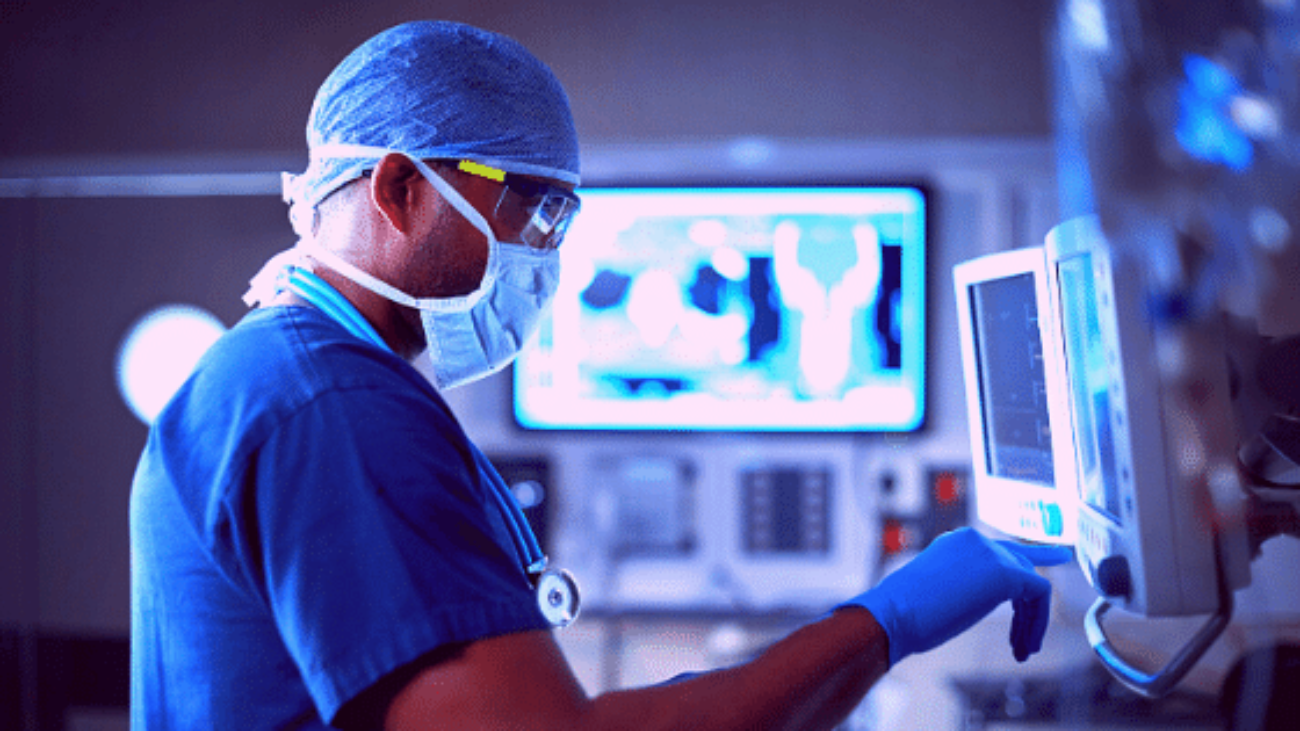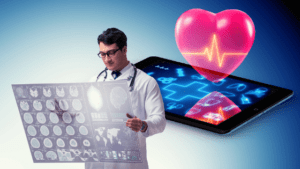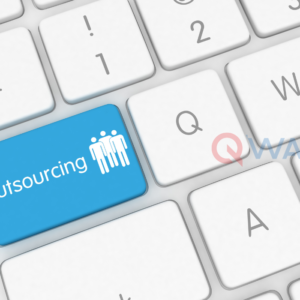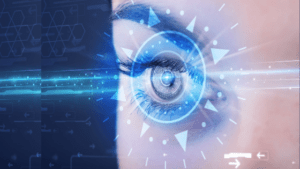Remote Patient monitoring in healthcare is continuing to be crystal clear and it paves a way to reach more patients for better patient care and rendering smart services. As 2021 is in the edge of the beginning, every healthcare professional requires to be updated on healthcare trends as well as marketing technologies for the upcoming years.
It’s well known that remote patient monitoring has been gradually capturing its own place with technology which has helped healthcare professionals to completely transform their business better. Many healthcare experts have found ways to use remote patient monitoring in particular to become substantially significant than they have ever imagined.
Remote patient monitoring is noted to be one if the main healthcare trends for 2021 and also most discussed topics in healthcare industry. The few are mentioned below in the article.
Future of Remote Patient Monitoring:
- The American Heart Association has defined RPM- Remote Patient Monitoring as a subdivision for telemedicine which supports patient monitoring and also transferring of patient’s health data from patients to healthcare professionals and again from healthcare professionals to patients in a timely manner.
- Remote patient monitoring is unlike other telemedicine or telehealth procedures where it does not require any interactive video communication and moreover not restricted to certain areas.
- Remote patient monitoring usually needs a mode of technology that cluster and elucidates physiological patient data.
- Additionally, it helps to improve the effectiveness of healthcare and then reduce the expenditure.
- It also again guarantees the accessibility and enhances patient care and healthcare providers’ service towards patients.
- About 88% of healthcare organizations or hospitals have decided to invest in remote patient monitoring systems and improve its capabilities for 2021.
- But according to Consumer Technology Association, nearly 68% of hospitals or healthcare organizations very strongly accept patient monitoring solutions as best.
Benefits of Remote Patient Monitoring in Healthcare:
- Remote patient monitoring eventually improves patient outcomes
- It also improves compliance rates
- Activates patient’s interest towards health.
- Increases personalized care
- Speeds up the access to healthcare services
Nearly, 52% of healthcare professionals mentioned about their satisfaction towards remote patient monitoring and would successfully use them as a part of physician’s treatment if recommended.
The future of remote patient monitoring is based on valuable solutions that extends their help in clinical treatment for the year 2021. But not just depend on expensive clinical devices.
Must to do things for better revenue and patient outcomes:
- Ease of implementation
- Clinical and Financial Impact
- Mobile Remote Patient Monitoring
1. Ease of implementation:
- The patients those who generally look for distant medications are most likely to be older, not much educated and patients are unable to set up Wi-Fi connection and struggle with low internet connections.
- More feasible remote patient monitoring system with thoroughly generating frictionless accessibility, it uses both patient and healthcare professionals’ point of view. So, they won’t need a separate group or person to train them the use of high-technologies.
2. Clinical and Financial Impact:
- After the Global Pandemic, healthcare professionals have started to work with less workforce and tighter budgets which has a clinical impact on patients against every expense.
- Healthcare system also exhibits eagerness to pursue strategies with either high cost or high quality.
- The remote patient monitoring in future will definitely meet the highest quality clinical impact compared to monitoring devices with lowest cost for delivery.
3. Mobile Remote Patient Monitoring:
- The increasing number of healthcare professionals is currently utilizing mostly the mobile enabled remote patient monitoring that continues to increase and improve in 2021.
- Remote patient monitoring is treated as an innovation which is upheld for both productive as well as practical contrasted with standard telephonic system.
- Mobile remote patient monitoring also is used to send notifications to incite patients in order to enter important information and provides clear clinical value with a motive to expand small and large medical practices with adequate requirements.
- Dashboard and patient accommodating application for appointment check-ins, mobile remote patient monitoring system extraordinarily improves communication in between healthcare professionals and patients.
- Patients however get occupied with their healthcare professionals without depending on care groups.
Remote Patient Monitoring with new and established patients:
- The final rule of CMS in 2021 is that remote patient monitoring services are limited to established patients, and in support to that, established relationship with patients would likely be an opportunity to render new patient E/M services.
- While rendering the service, the patient would have collected enough patient history and had conducted an exam which is appropriate. The results would carry the information or details that are required to understand the present medical needs and medical status to analyze patient’s data and recommend a plan.
- CMS already have waived off established patient restriction while in the Public Health Emergency but for 2021, it has declined to extend the waiver beyond the plans.
- CMS conveys that, during PHE, healthcare professionals might be ready to render clinical treatment and remote patient monitoring services without even conducting new patient E/M service.
- When the waiver expires, there will be a need to follow established patient practitioner for the reason to bill Medicare services with CPT codes 99453, 99454, 99457 and 99458.
Hope you got the information on Remote patient monitoring in healthcare trends 2021. For suggestions, please comment below. For more news and updates on healthcare, please subscribe to our blog. Never forget to follow us on Facebook, LinkedIn and Instagram. Subscribe to our YouTube channel to view more videos on healthcare.




